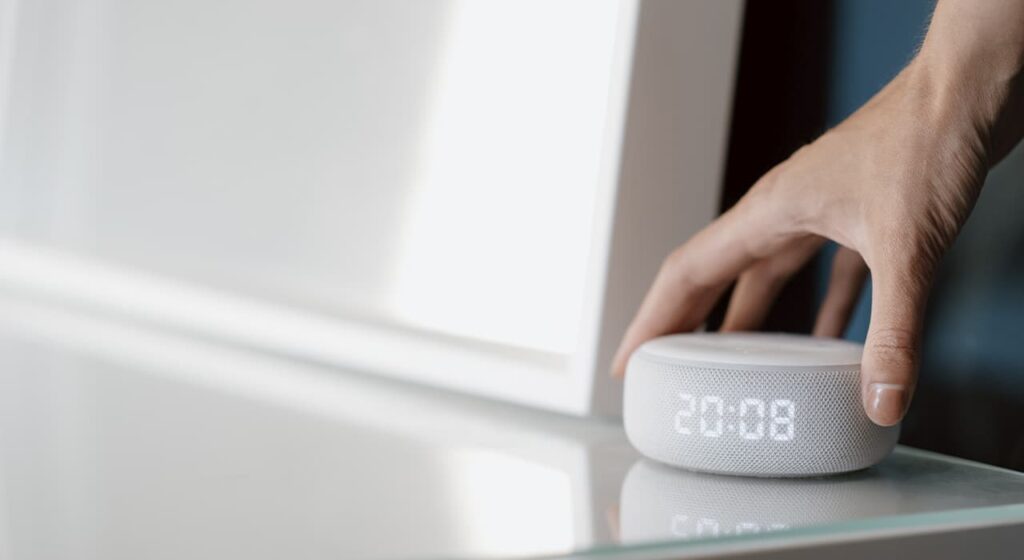The heart of an electronic watch is a quartz oscillator. It generates electrical impulses with high precision. Like the pendulum of a mechanical watch, only much faster.
The piezoelectric effect is also used:
- in piezo lighters to produce a spark,
- in microphones to convert sound waves into electromagnetic waves,
- for ultra-precise control of the head of a hard drive,
- for the ink supply in some types of inkjet printers.
The piezoelectric effect makes the quartz oscillator work. Quartz is a crystal which changes its shape when electricity flows through it, and vice versa: it generates electricity back when it changes its shape.
The main part of the generator is a plate of quartz of the right size. The frequency of the plate’s own mechanical vibrations depends on its size. This plate is fixed between two electrodes, to which an alternating current is applied. The plate is bent by the current and produces an electrical impulse when unbent. The frequency of these pulses is equal to the frequency of unbending – the plate’s own mechanical vibrations.
Generators with a frequency of 32768 hertz, that is 32768 pulses per second, are commonly used for electronic watches. This frequency is convenient from a technological point of view, because it is 2 to the 15th power. To lower this frequency to 1 hertz we have to halve the frequency 15 times in a row.
Time flows much slower than the generator produces electrical pulses. So you have to reduce the number of pulses to one per second (1 hertz). A frequency divider is used to do this. It is an electronic circuit that reduces the frequency of incoming signals. At the input we get 32768 hertz, and at the output we get 1 hertz. What we need is a clock that can show seconds.
To display the time we have three digital displays: seconds, minutes and hours. Once a second we get an electrical pulse, which we send to the display with seconds, its value increases by one. In parallel this pulse is sent to the next frequency divider, which reduces the frequency by a factor of 60: the minutes are obtained and sent to the display with the minutes. The next divider provides the clock display.
An electronic clock with hands works in much the same way, but is bypassed by a single divider. An electrical impulse is sent once every second to a miniature electric motor. This turns the gear which moves the second hand. Then the mechanics work: all transformations for the minute and hour hands go through a system of gears.
